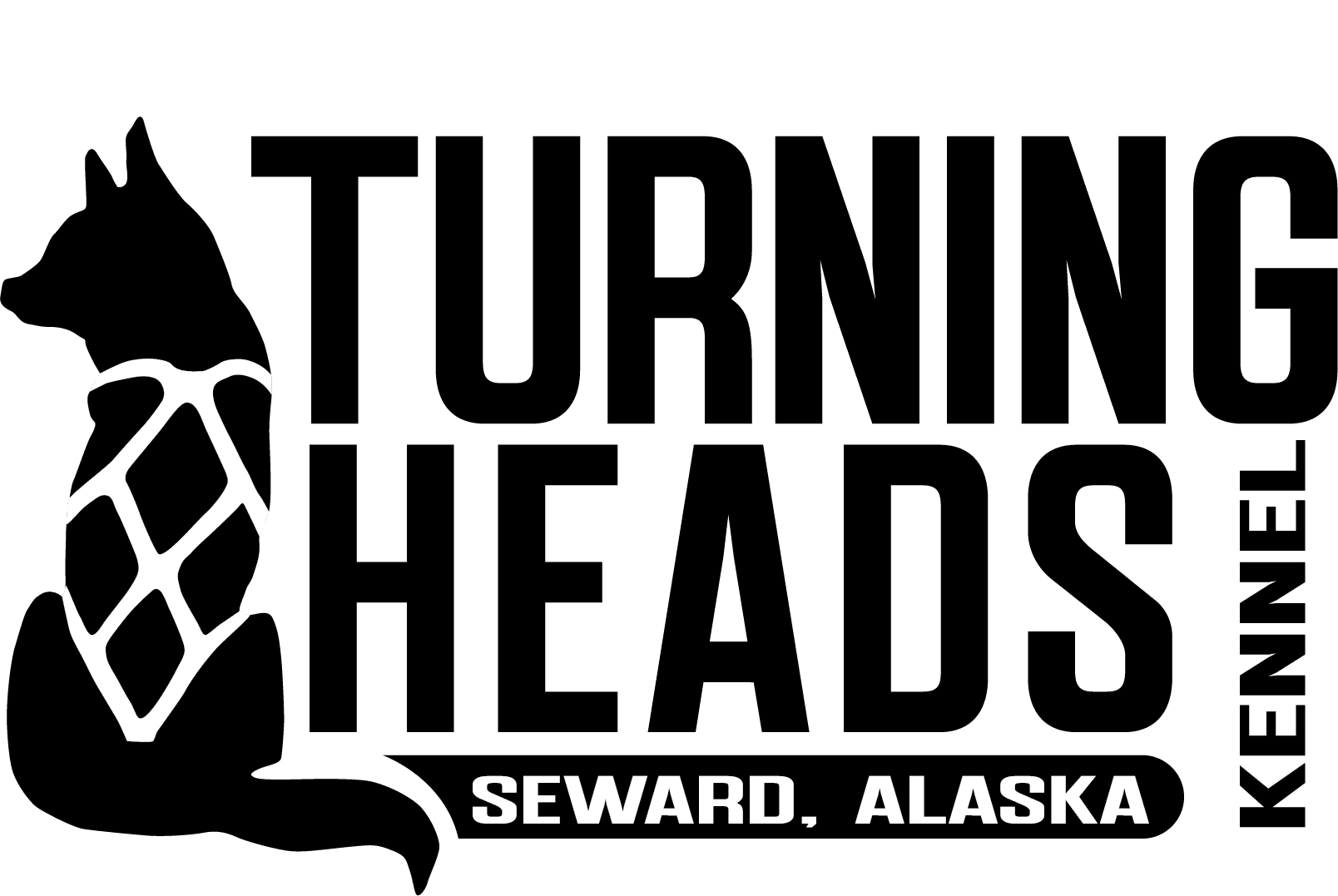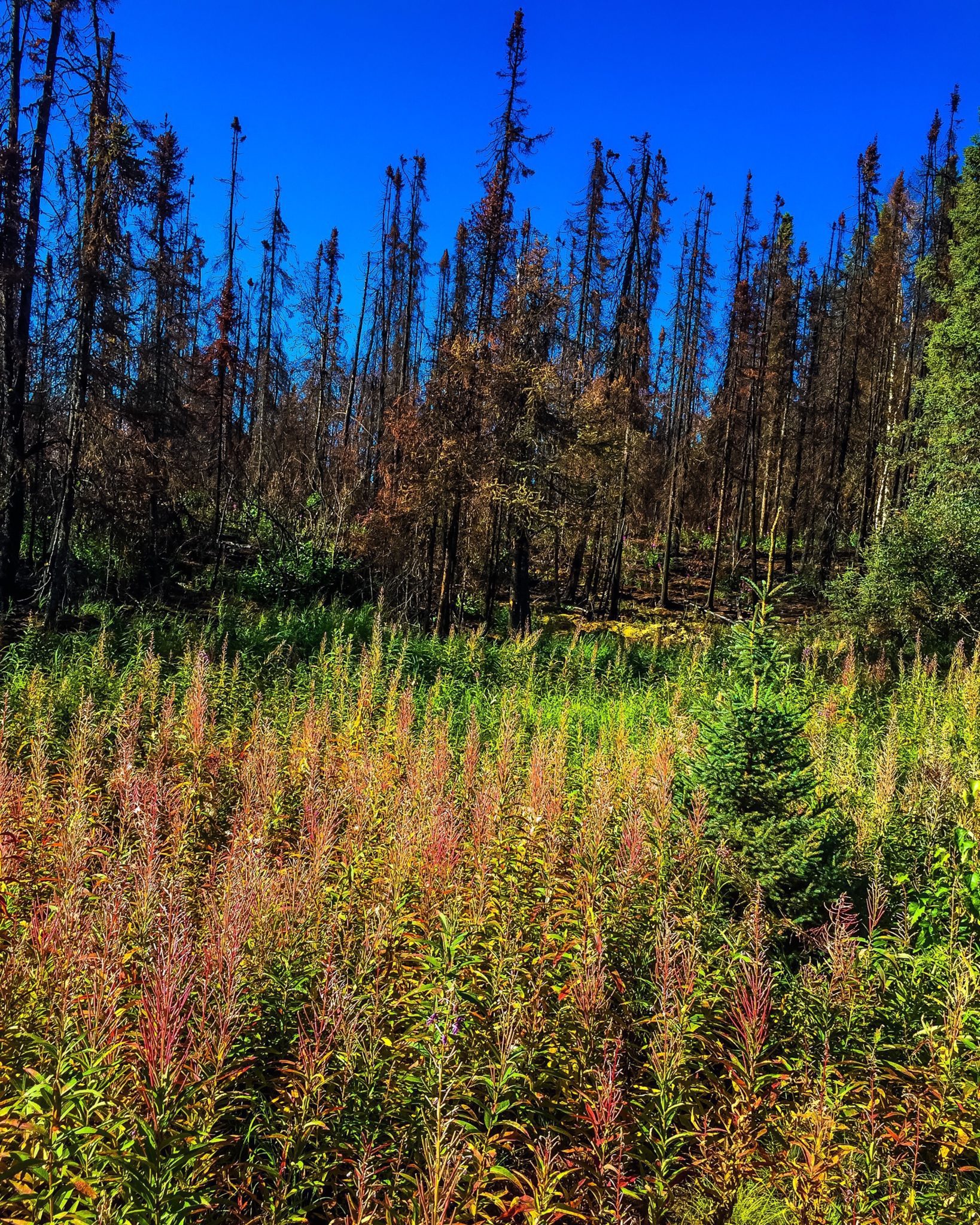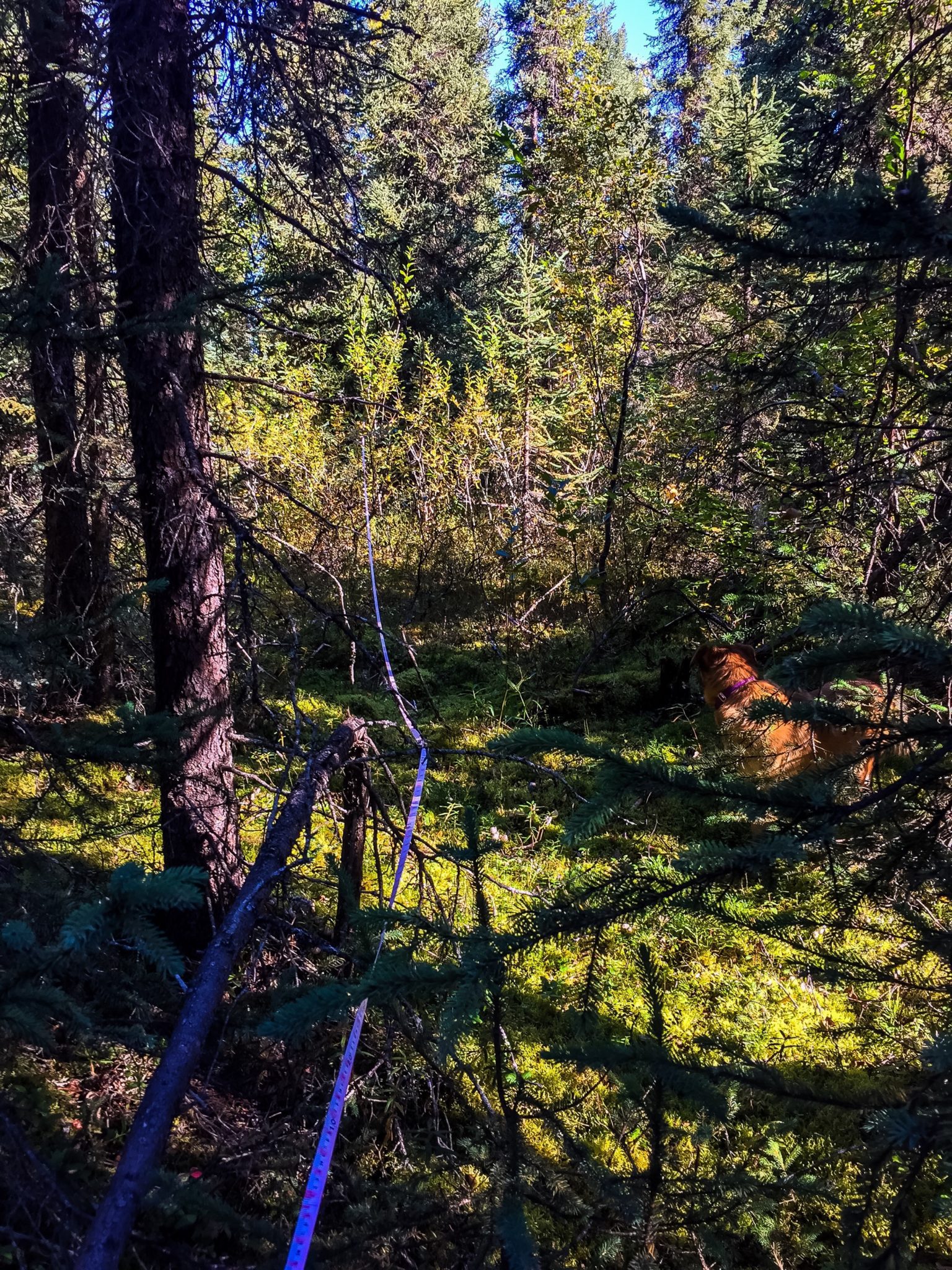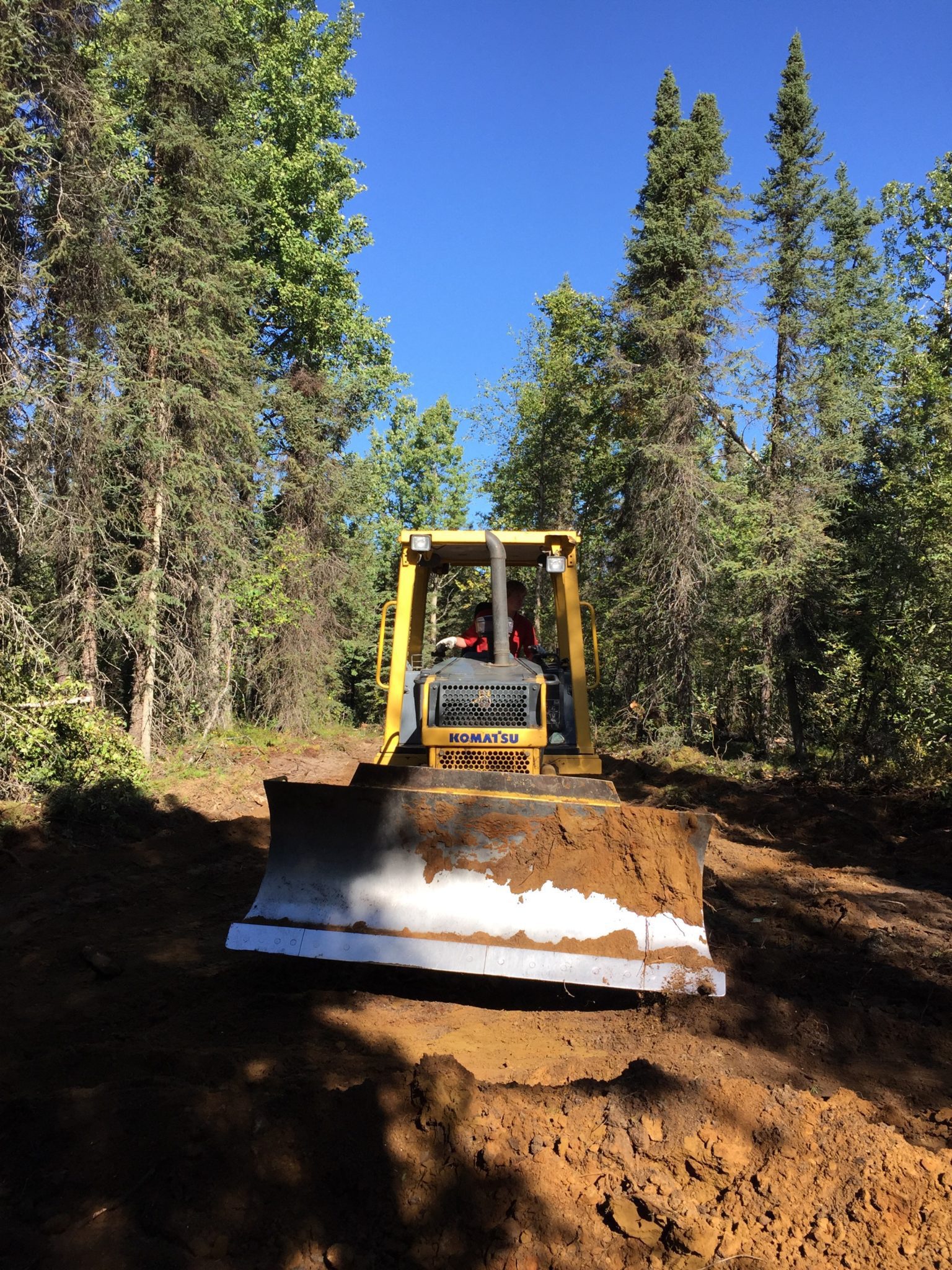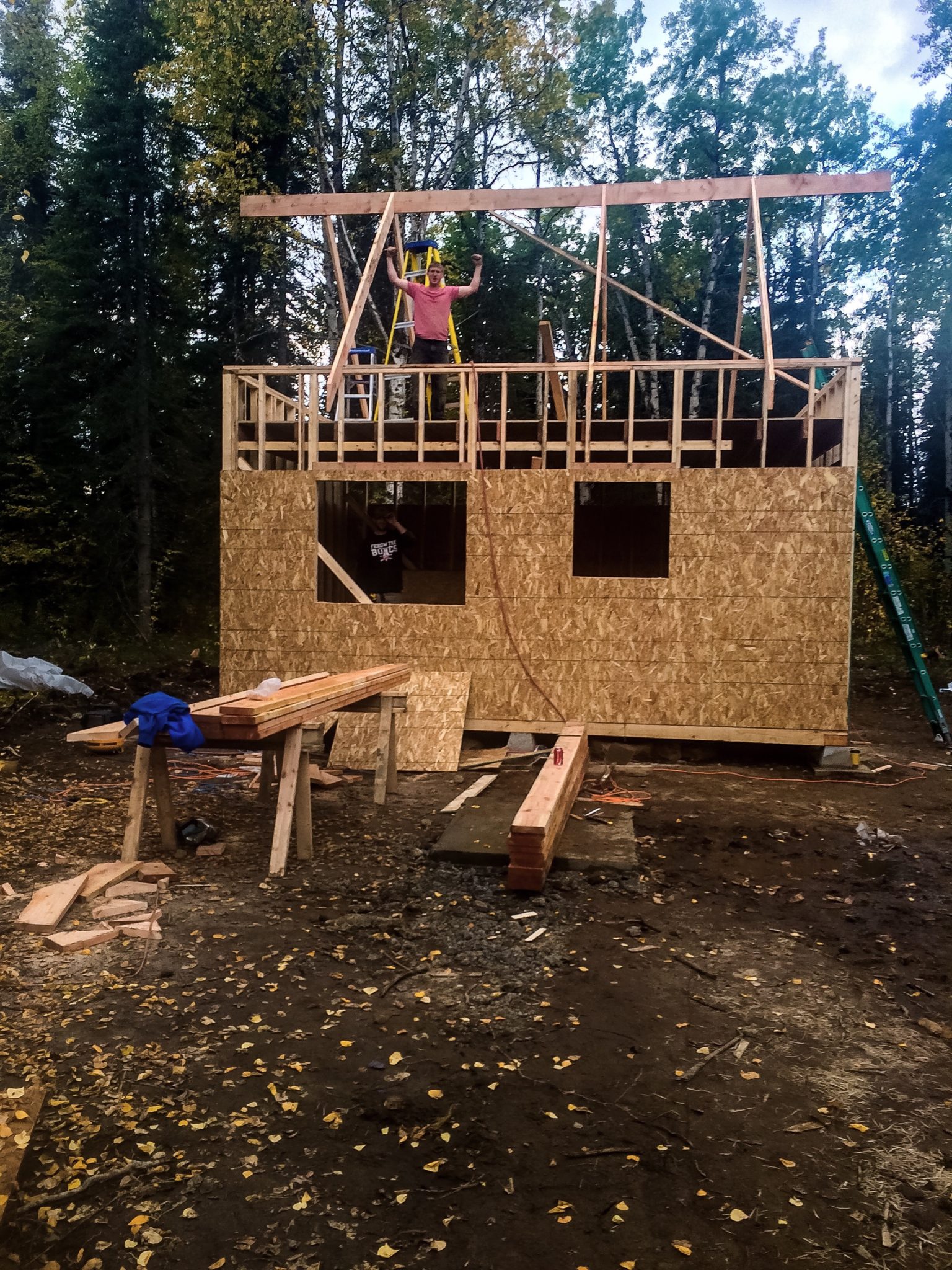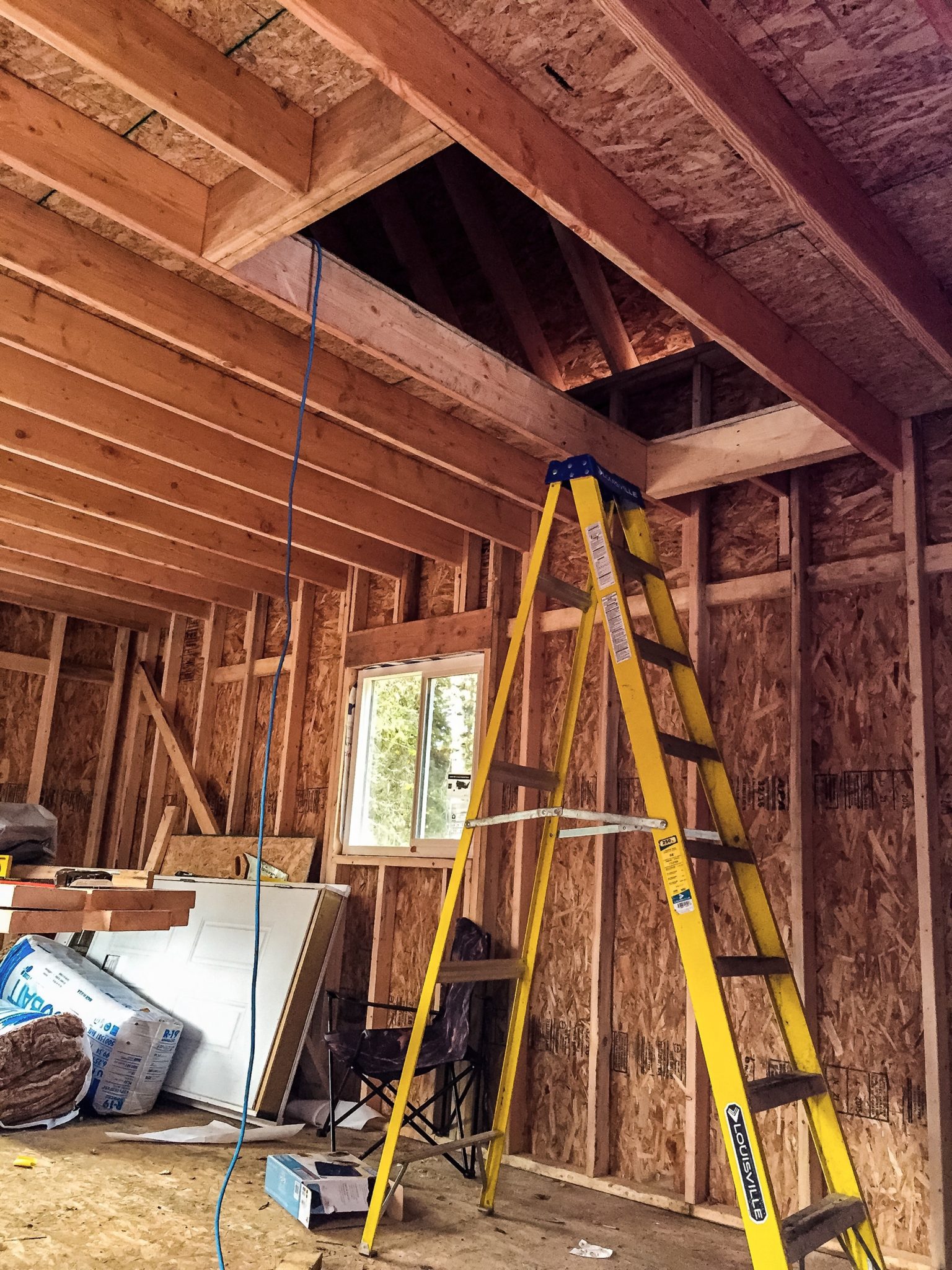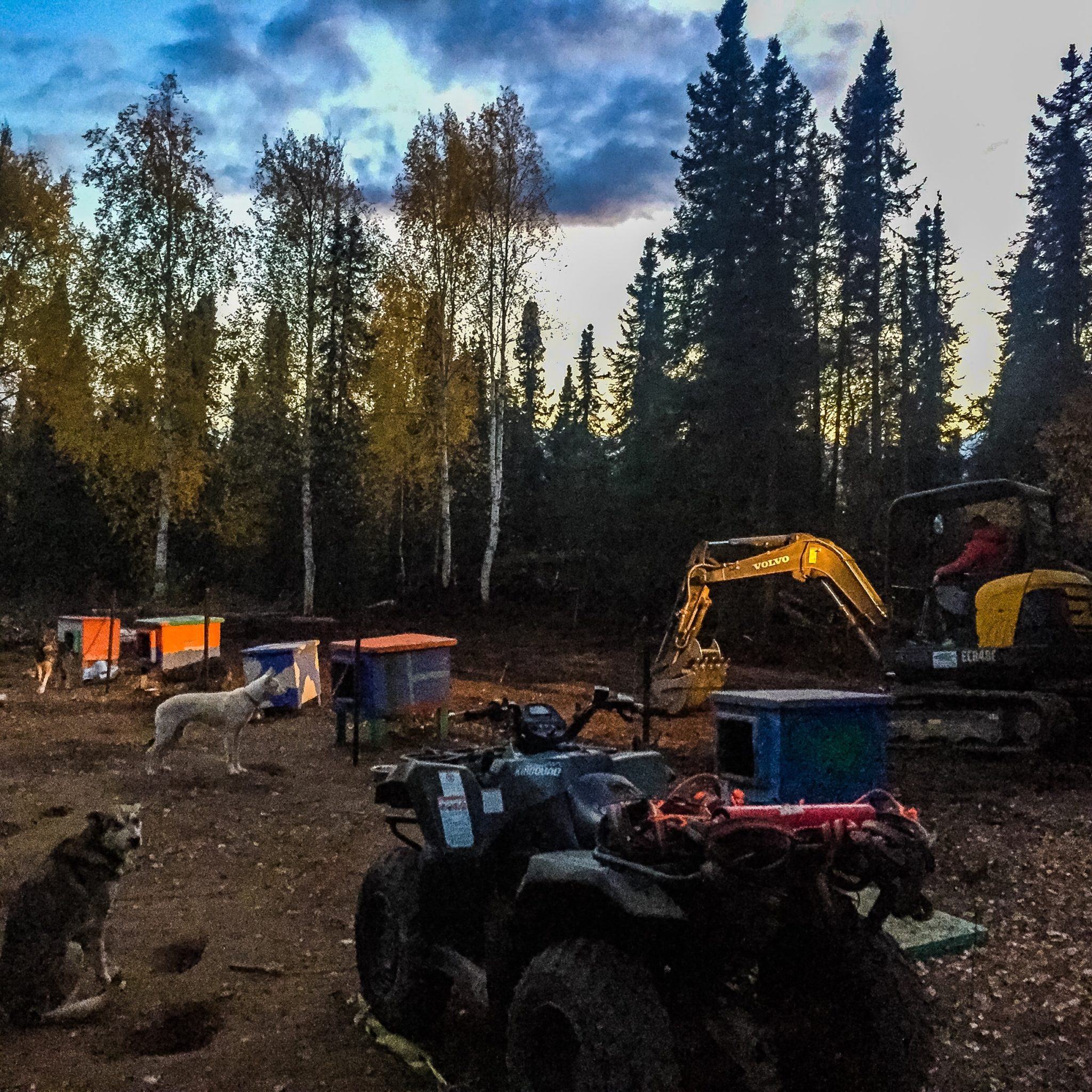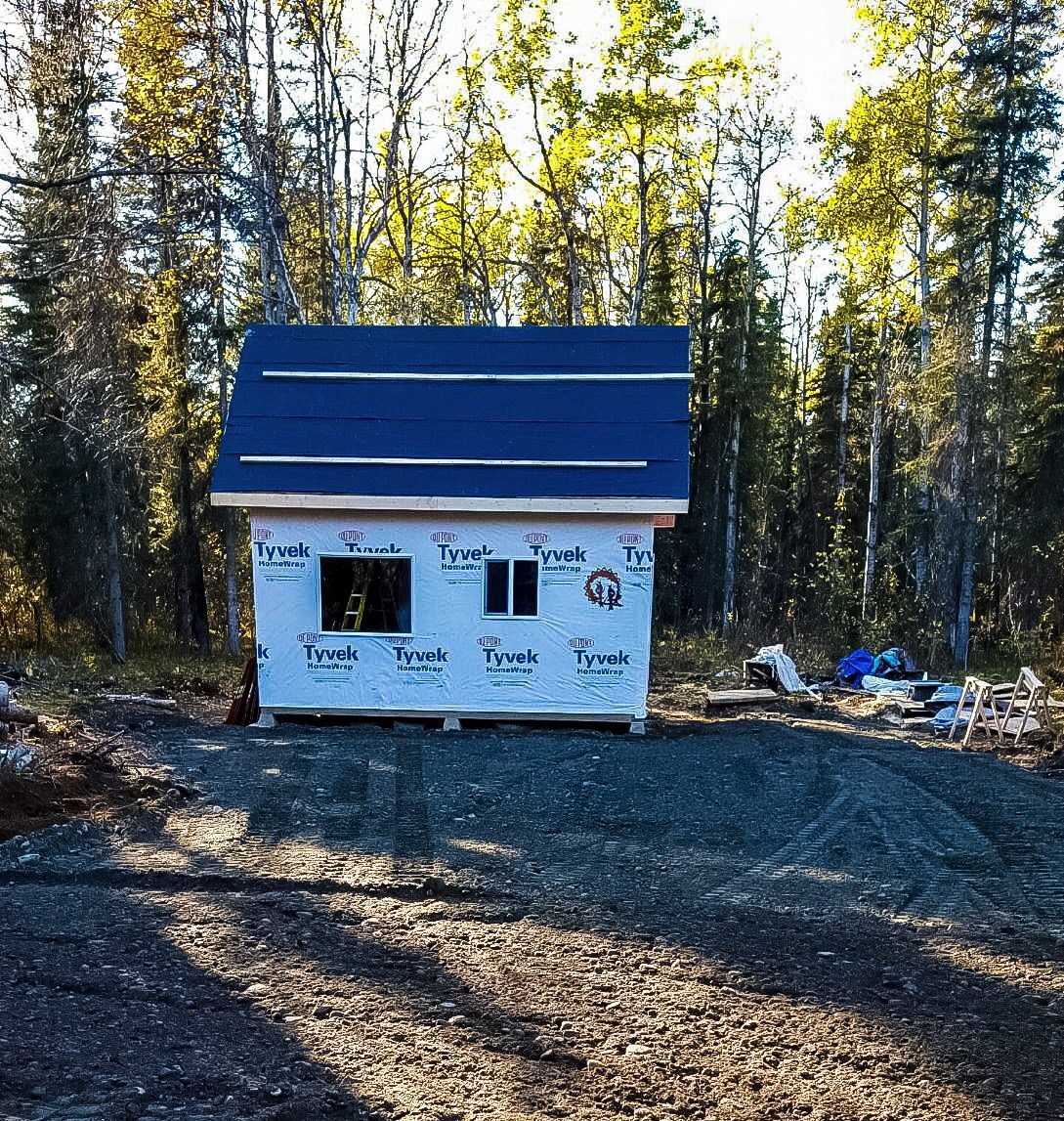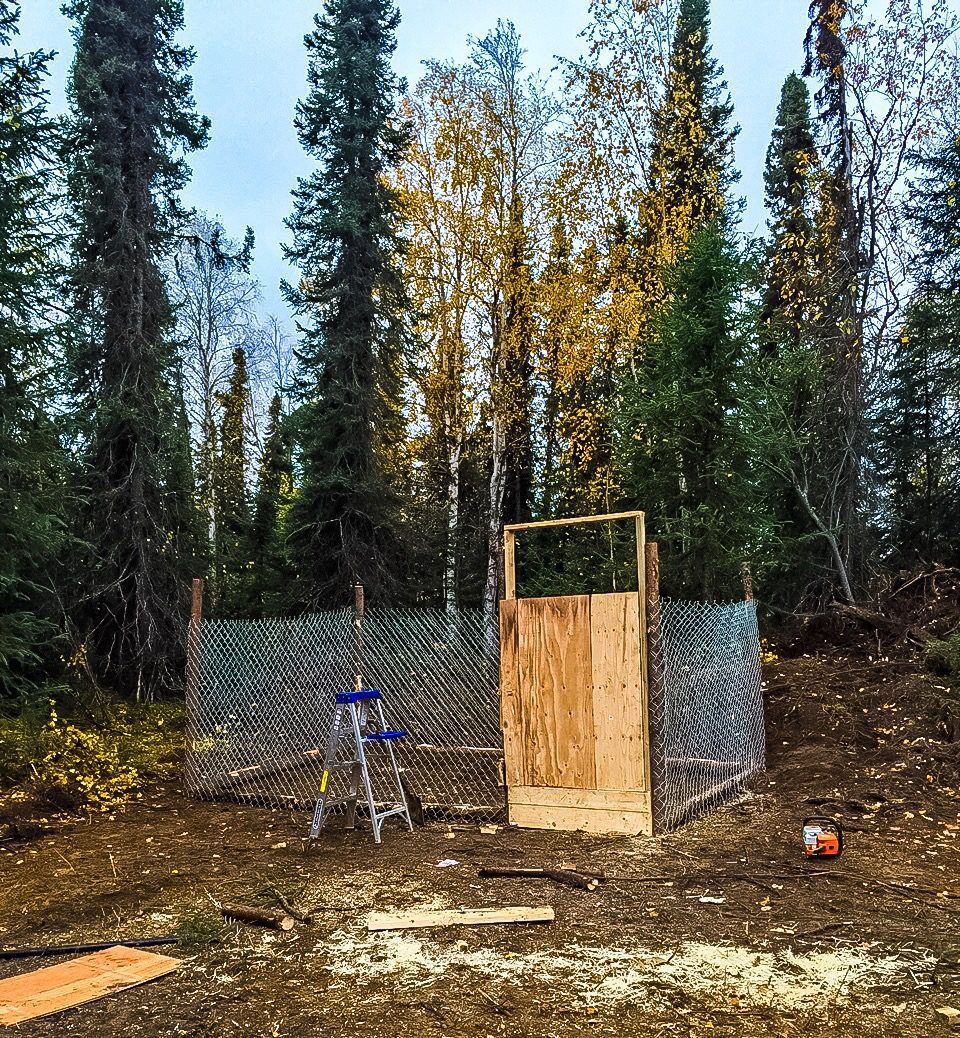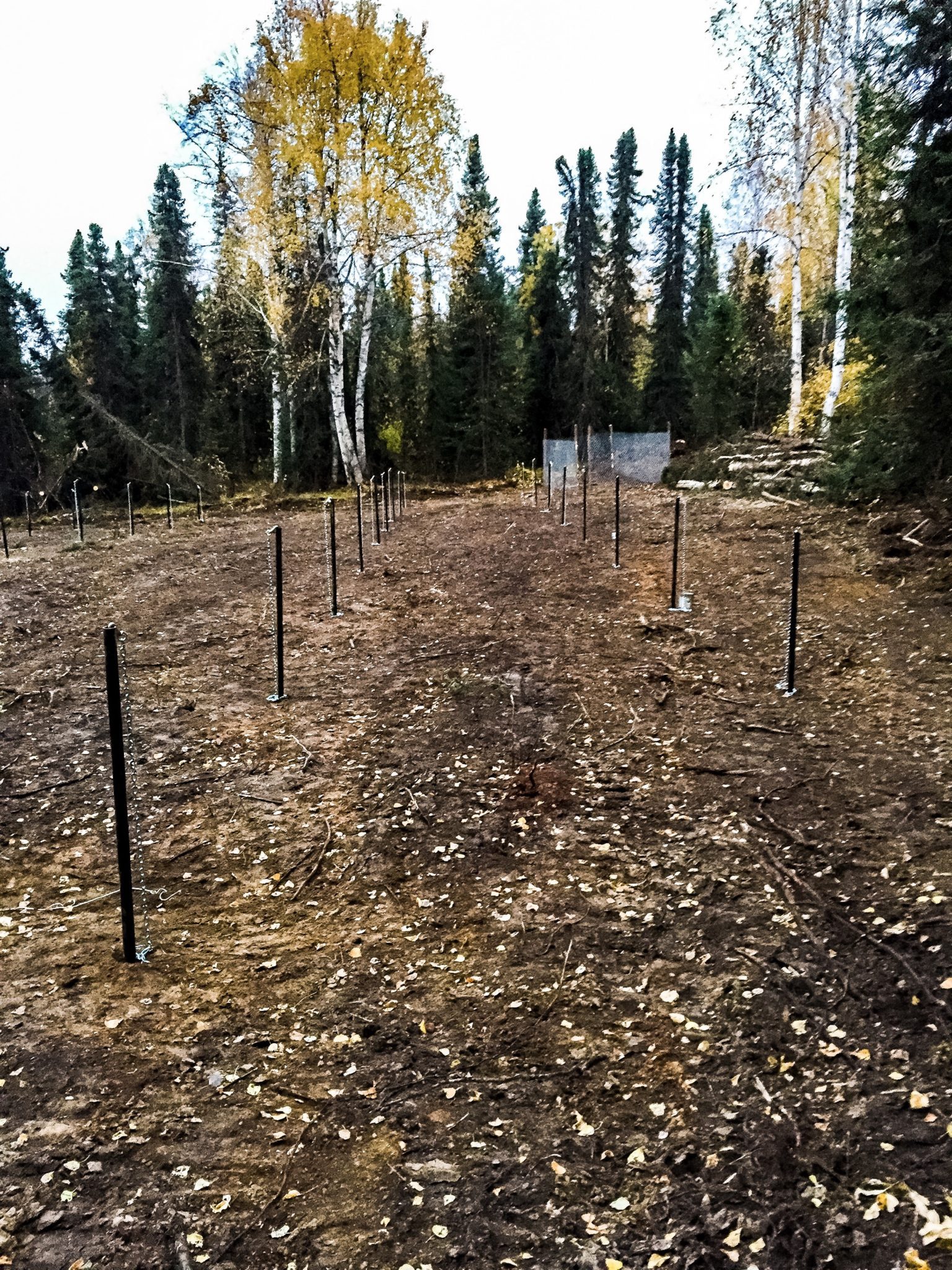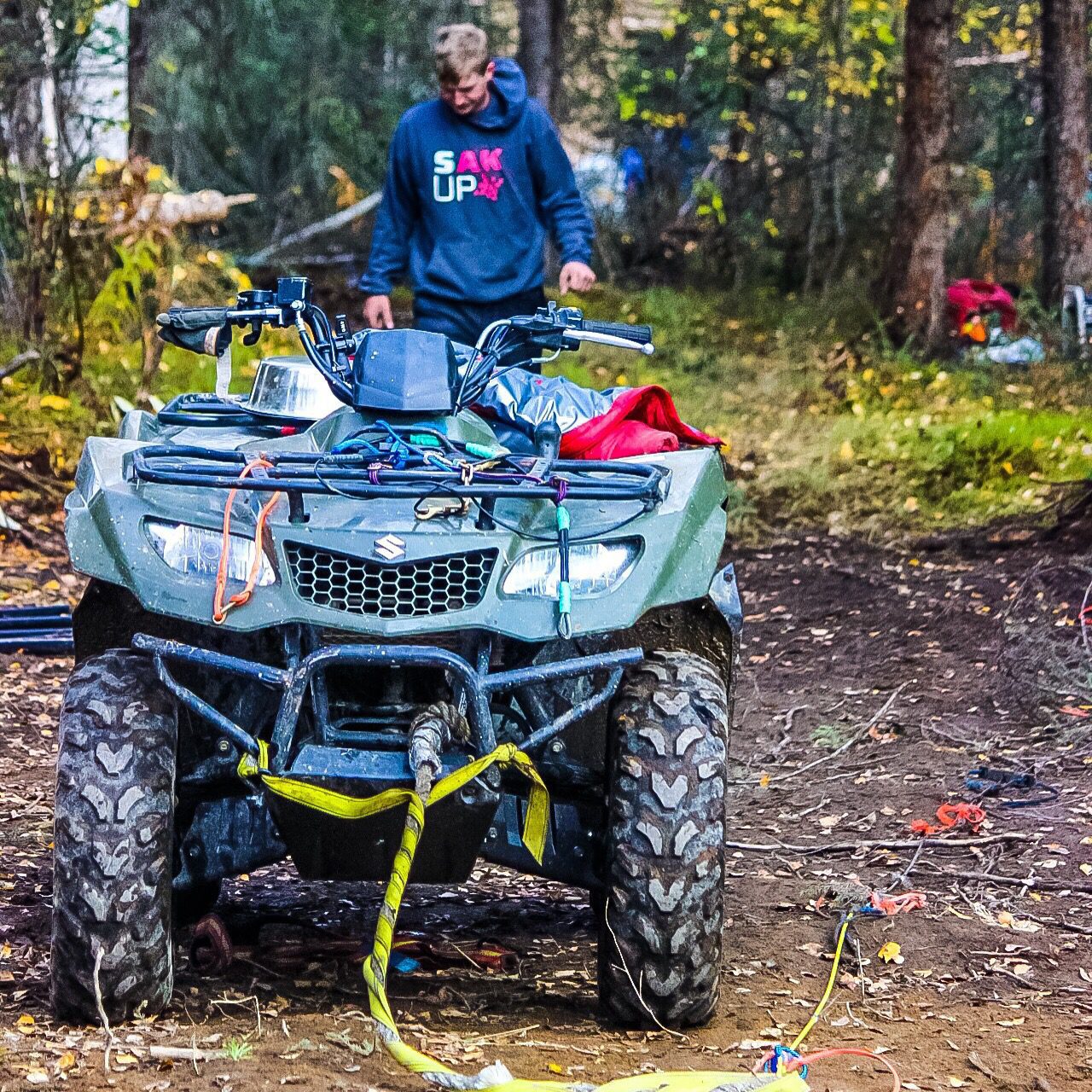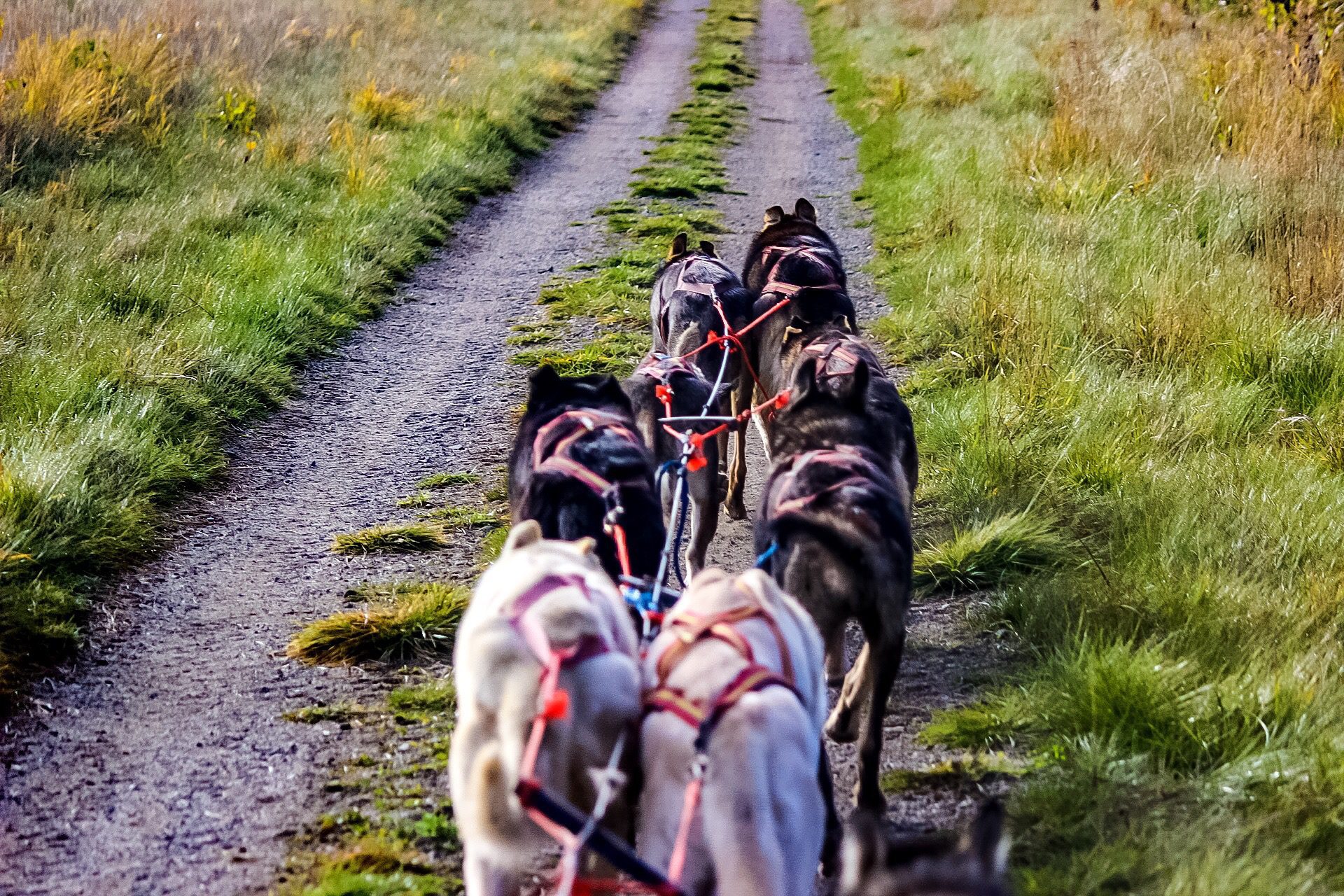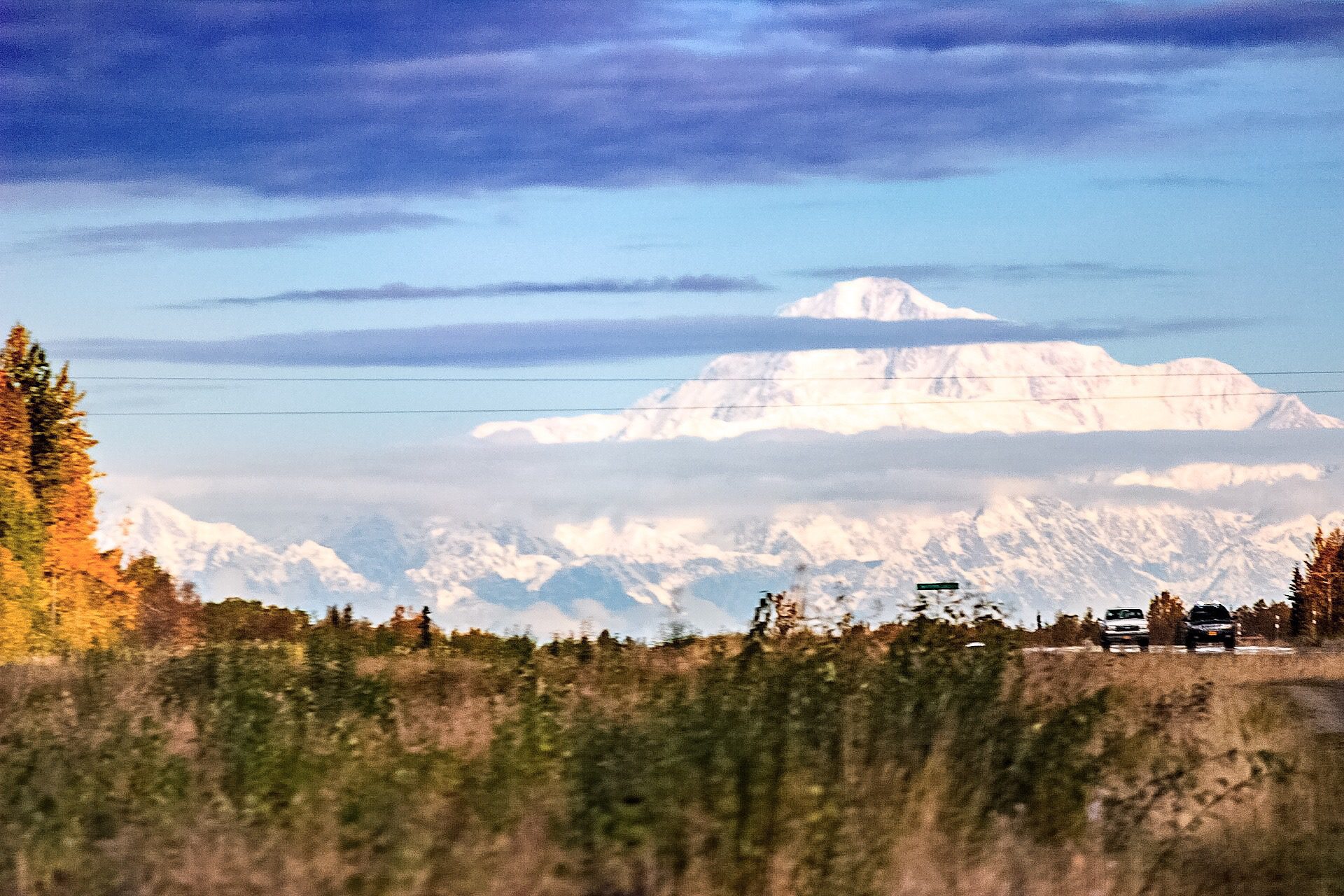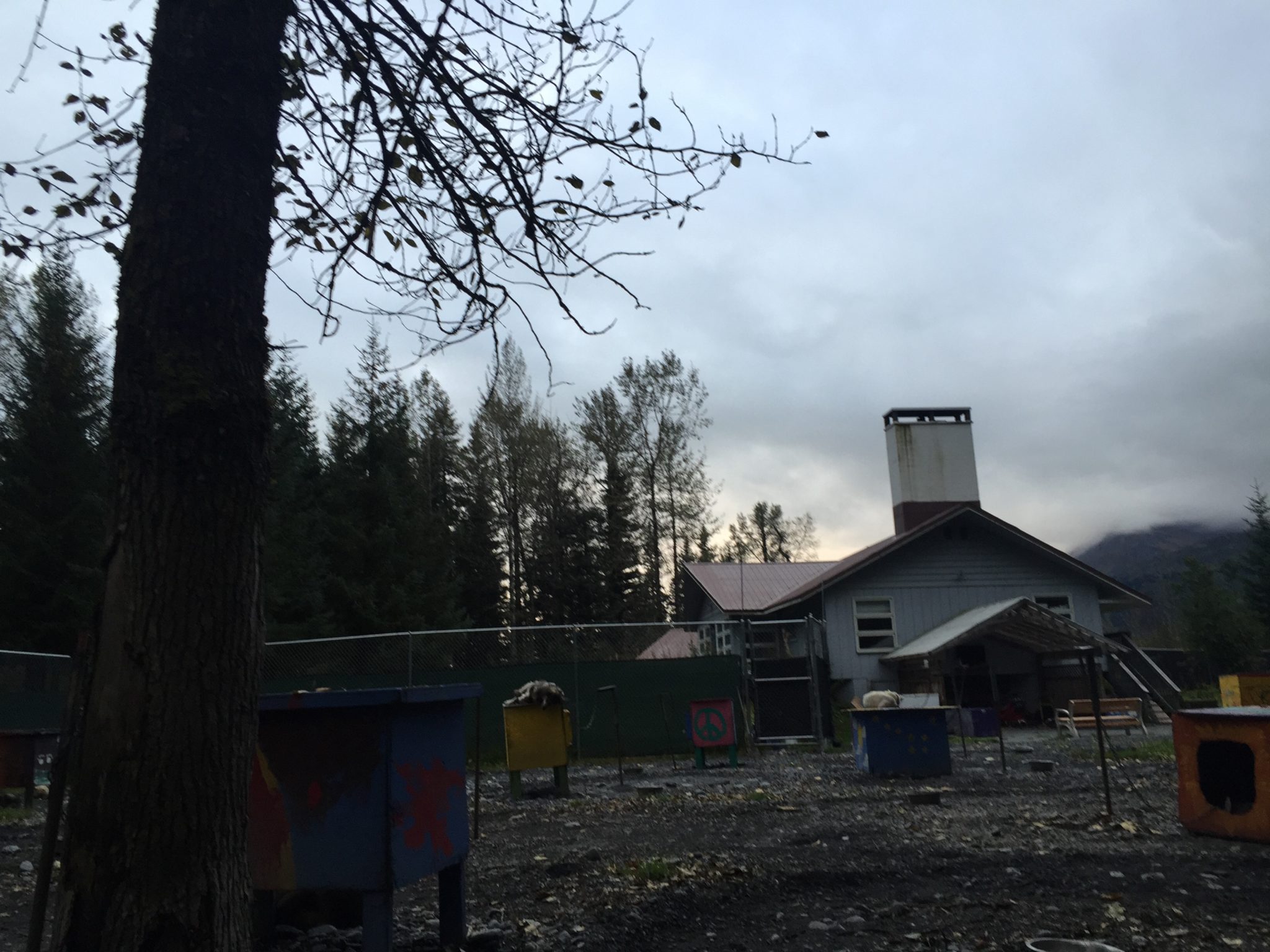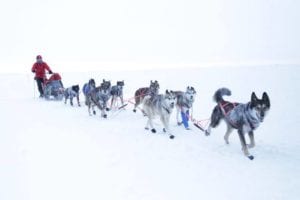The snow is finally showing up here in Willow, Alaska. After not seeing much of it last year, watching it slowly fall in tiny flakes is exceptionally peaceful. The dogs are also enjoying it. Every morning they squirm with anticipation for what the day brings. We are all, I think, very happy. This year marks the first time I’ve been able to consistently train and work with a group of sled dogs. It’s a welcome change for me and one of the reasons we worked so hard to move north. All the sacrifice has been worth it.
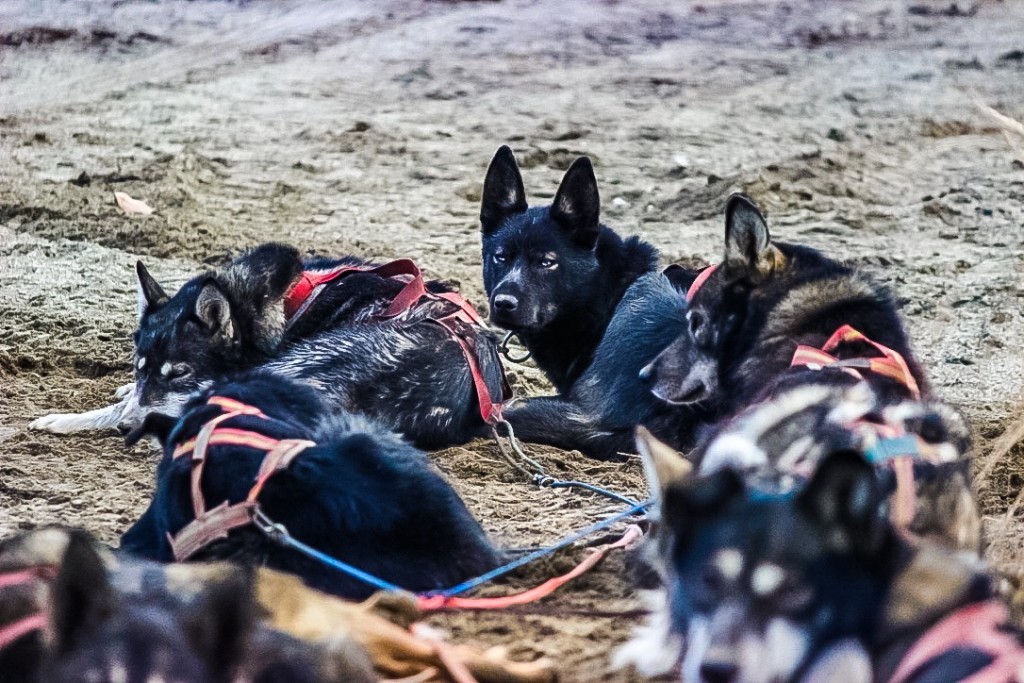
I’m mostly working with young dogs, though Travis has given me a few outstanding dogs off of his team: Boston, Zema, Tamere, Kermit, Monroe, Madori and Ginzu. All of these dogs have been to Nome. I’m also working with an extremely talented group of young dogs, many of whom are out of BOSTON. I also have several dogs on my team out of 4 time Iditarod champion ZENA.
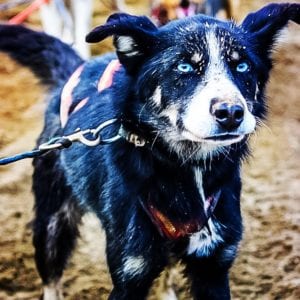
These young dogs are more than qualified: Zeus, Check, Athena, Bensen, Coda, Shark, Hoover, Penny, Trunk, Bud, Meena, Pippa, Hank, Rowdy, Hammer, and Lena. In the coming weeks, I’ll work on writing up about my dogs so you can meet them. They’re incredible and I feel so fortunate to be working with so much raw talent. I’ve been playing around with different dogs up front in my team and am excited by the number of potential leaders I have to work with this season. It seems every dog I’ve put up front, so far, has excelled without problem. This is exciting to see. Then again, the odds are stacked in my favor given their excellent lineage.
I think this is going to be a great season and I’m really excited by all that we have going for us! Travis’ uncle will be moving up to Alaska in December and we are excited about all that will entail. He loves shooting videos so hopefully he will help us produce some top notch stuff! We are looking forward to your arrival Dwayne.
